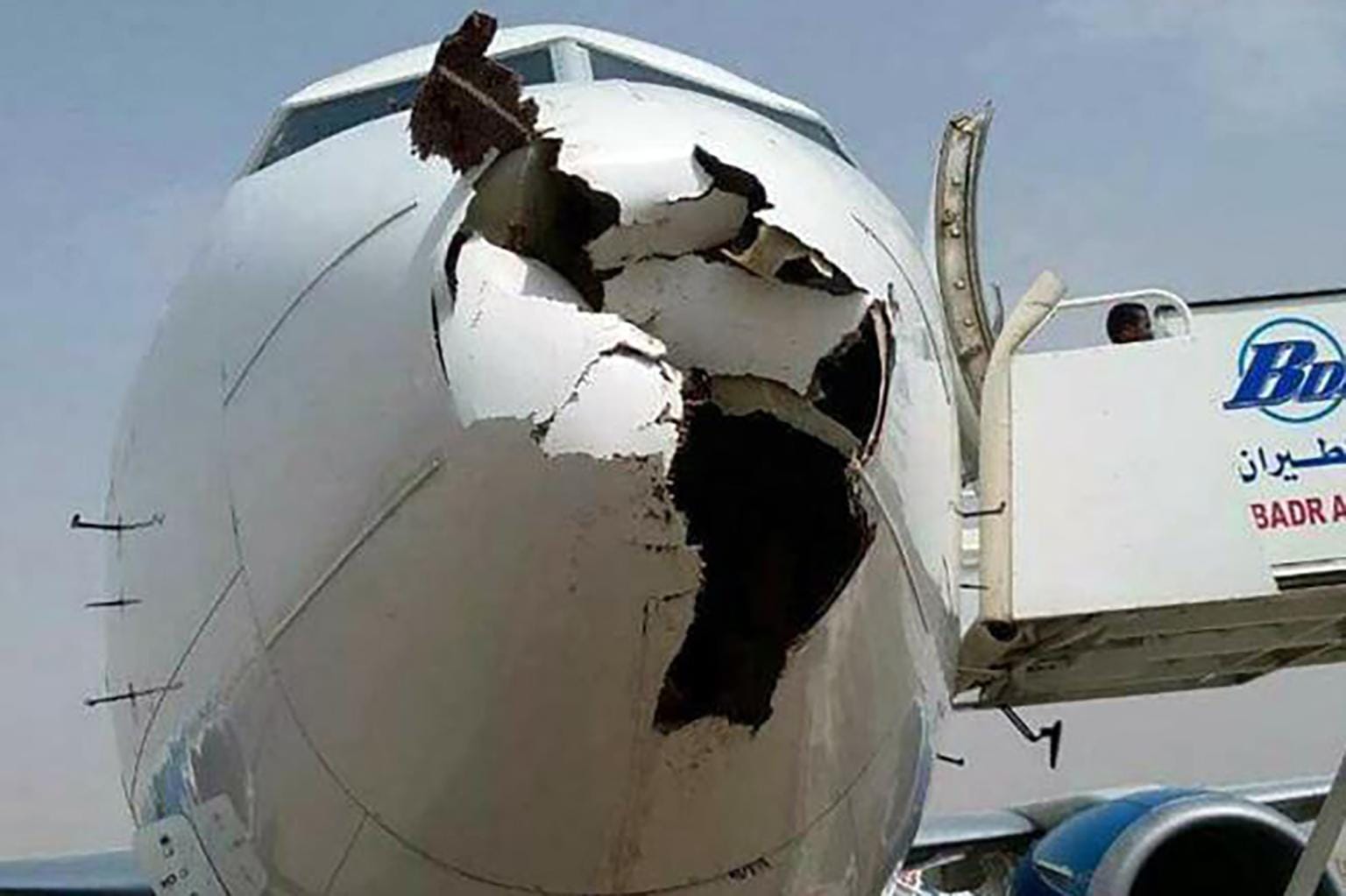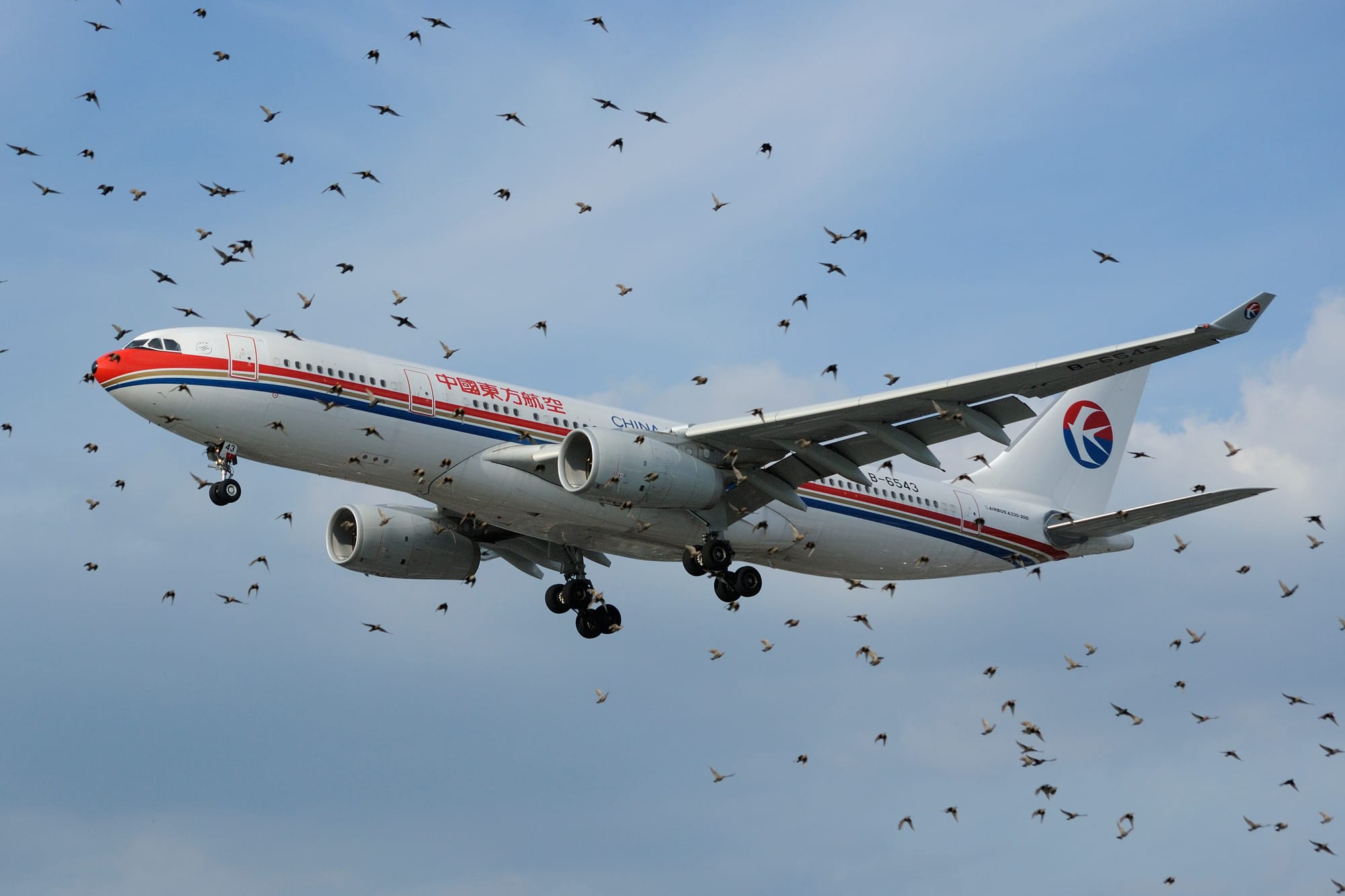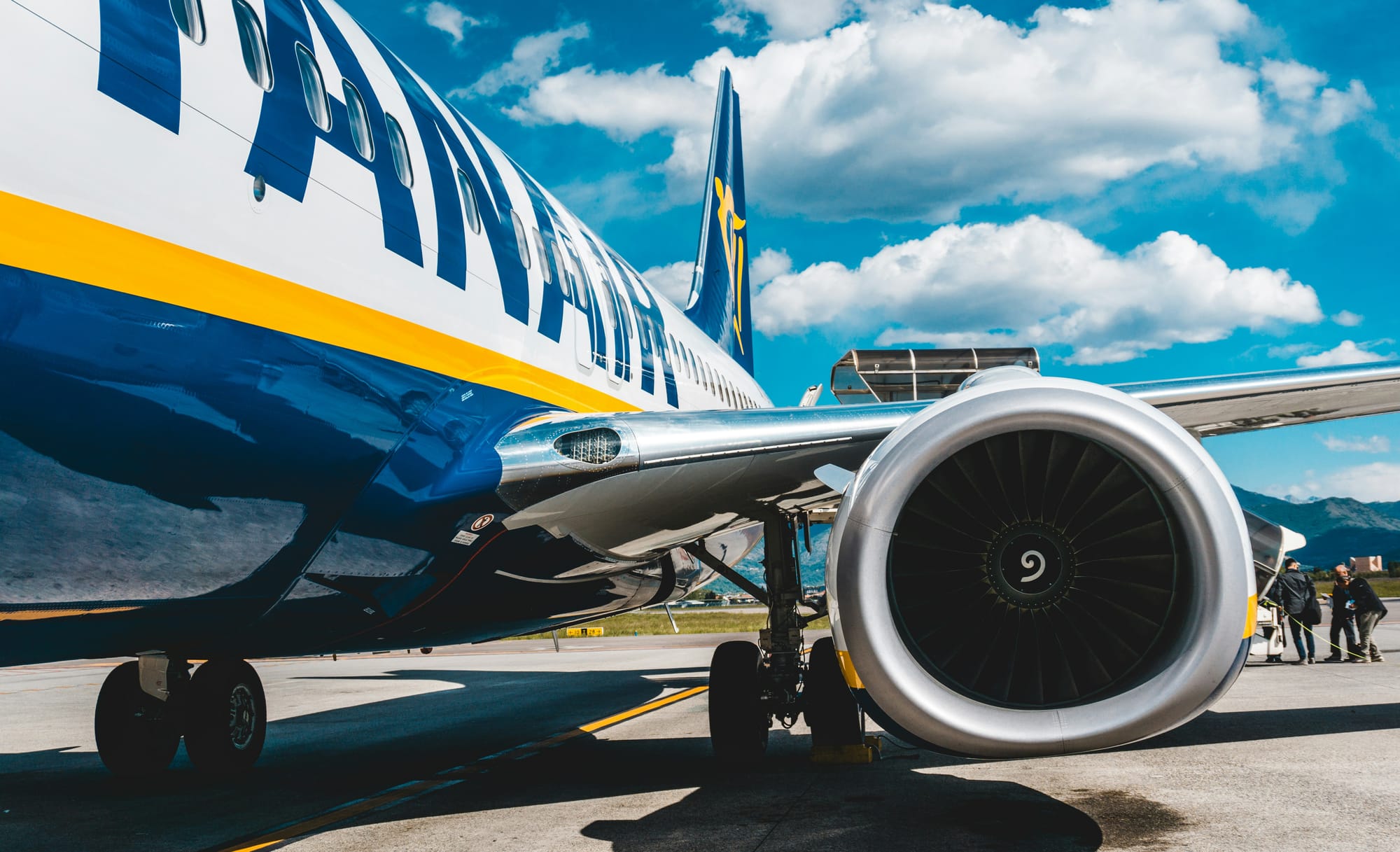What Happens When Birds Hit an Airplane?

Bird strikes are a significant safety concern in aviation. These events usually happen at low altitude when aircraft are on approach or departure to airports. While modern aircraft are designed to handle these situations, bird strikes can still pose a serious risk to both the plane and its passengers.
Impact on the Windshield

When a bird hits an airplane's windshield, the consequences can vary depending on the bird's size, the aircraft's speed, and the angle of impact. Airplane windshields, particularly those in the cockpit, are designed to withstand significant force. They are made of multi-layered, shatter-resistant materials such as polycarbonate or laminated glass to ensure that they can handle collisions with small objects, including birds.
Despite this, bird strikes on windshields can still cause:
- Cracks or Damage: While windshields are built to resist shattering, the impact can cause cracks that obscure the pilots' visibility. In extreme cases, particularly with larger birds, the outer layer of the windshield may break, leading to a more serious emergency.
- Loss of Visibility: Even if the windshield doesn't crack, the impact can cover it with blood, feathers, or debris, further reducing visibility and making navigation more difficult for pilots.
- Pilot Distraction: A bird strike on the windshield can cause a sudden, loud noise, potentially startling the pilots. While trained to handle such events, the shock could momentarily distract or disorient the crew, adding to the stress of managing the aircraft.
Although rare, there have been instances where a bird strike has breached the windshield, causing pressurization issues in the cabin and exposing the cockpit to outside elements. Such events require immediate action, including descending to a lower altitude to maintain safe air pressure and speed.
Bird Ingestion into Engines

While windshield strikes are concerning, birds being ingested into an airplane's engine pose a greater risk. Modern aircraft engines are designed to handle small bird impacts, but larger birds or multiple birds can cause severe damage, leading to partial or total engine failure.
Consequences of Bird Ingestion into Engines
- Engine Damage: When birds are sucked into jet engines, they can damage the engine's fan blades, compressors, or turbine. This damage can lead to a significant loss of engine power or even cause the engine to shut down. In extreme cases, an engine fire or explosion may occur.
- Loss of Thrust: A bird strike on an engine can cause the engine to lose power, reducing the aircraft’s thrust. If multiple birds are ingested, more than one engine could be affected, creating a dire situation where the plane may lose the ability to maintain altitude or speed.
- Engine Shutdown: In some cases, the engine will automatically shut down to prevent further damage or to mitigate the risk of fire. This is a critical moment in the flight, as pilots must quickly assess the situation and determine whether they can continue on the remaining engine(s) or if an emergency landing is necessary.
Notable Incidents
One of the most famous bird strike incidents occurred during US Airways Flight 1549 in 2009. A flock of geese struck both engines, causing a dual engine failure shortly after takeoff. The pilot, Captain Chesley "Sully" Sullenberger, safely landed the plane on the Hudson River, saving all 155 passengers on board.
Mitigation Strategies
Airports and aviation authorities have implemented several strategies to reduce the likelihood of bird strikes:
- Wildlife Management: Airports use bird deterrents such as loud noises, trained falcons, and habitat management to reduce the presence of birds around runways.
- Radar Technology: Some airports have begun using bird radar systems that track large flocks and alert air traffic control to potential threats, allowing planes to avoid takeoff or landing during high-risk periods.
- Aircraft Design: Modern planes are tested to ensure they can withstand bird strikes, particularly in critical areas such as the windshield and engines. New materials and design improvements continue to enhance aircraft resilience against these collisions.
Final Thoughts
Bird strikes remain an unavoidable risk in aviation, but advancements in aircraft design and aviation safety protocols help to mitigate the potential dangers. Whether impacting a windshield or being ingested into an engine, bird strikes can cause serious issues that require immediate attention from flight crews. However, modern aircraft are designed to handle these scenarios, and pilots undergo extensive training to respond effectively in the event of a bird strike.
While it's impossible to eliminate the risk entirely, continuous improvements in aviation safety ensure that bird strikes rarely result in catastrophic outcomes. The combination of wildlife management, engineering innovation, and pilot skill ensures that passengers can fly safely, even in the event of an unexpected bird encounter.





